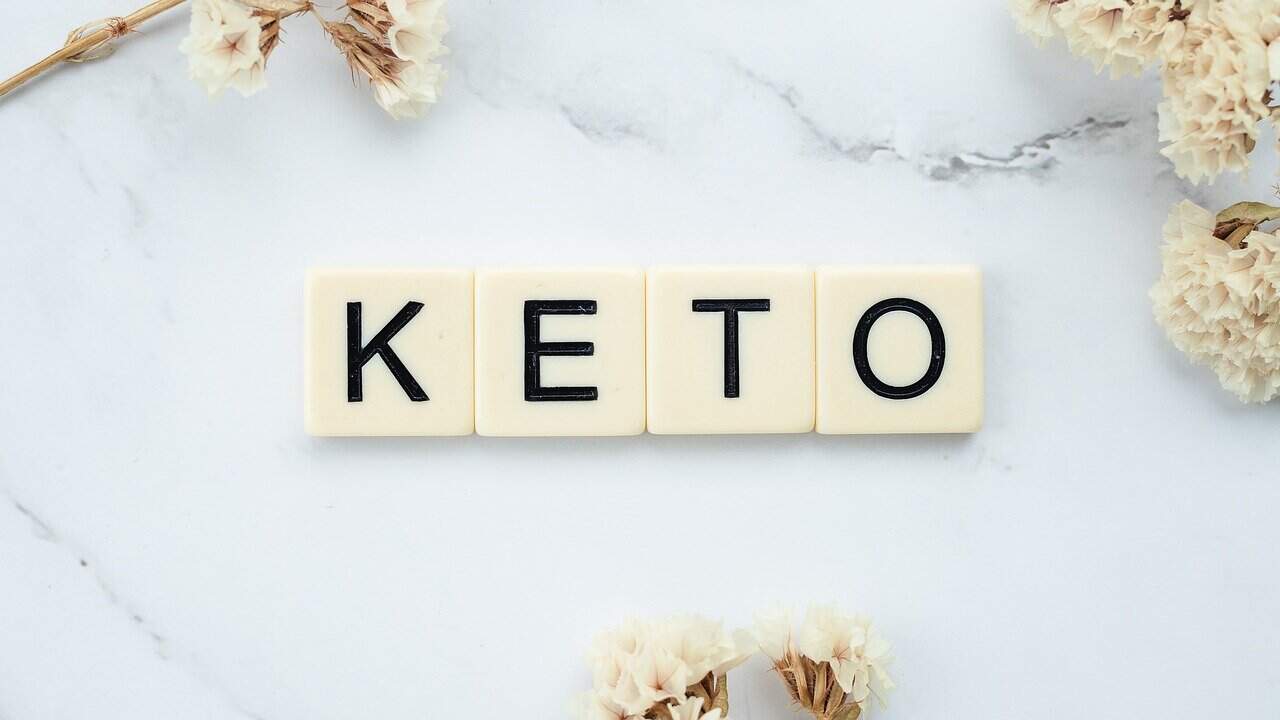Keto Diet Foods to Avoid: Essential Guide for Effective Weight Loss
Estimated Reading Time: 5 minutes
- Understanding ketosis is crucial for successful weight loss on a keto diet.
- Identify and avoid foods high in carbohydrates that can disrupt ketosis.
- Focus on alternative low-carb foods to maintain your diet.
- Track your food intake and monitor ketone levels for effective results.
- Be aware of hidden carbs in processed foods.
Table of Contents
- The Foundations of Ketosis for Weight Loss
- Foods to Strictly Avoid
- Foods to Limit Moderately
- Hidden Pitfalls
- Macro Breakdown for Weight Loss
- Practical Takeaways
- Conclusion
- Call to Action
- FAQ
The Foundations of Ketosis for Weight Loss
To understand the foods to avoid on the keto diet, it’s essential to grasp what ketosis is and how it works. Ketosis is a metabolic state where your body burns fat for fuel instead of carbohydrates. This shift prioritizes fat metabolism over glucose metabolism, which is key to weight loss through the keto diet.
As highlighted in reputable sources, it’s crucial to maintain daily carbohydrate intake within the specified limits to sustain ketosis (Healthline, Healthline). Keeping your body in ketosis promotes fat-burning and is the cornerstone of weight loss success on this diet.
Foods to Strictly Avoid
1. Refined Carbohydrates
Bread, Pasta, and Rice
Refined carbohydrates, including white bread, pasta, and rice, are the primary culprits that can kick you out of ketosis.
- White Bread: Approximately 1g net carbs per 13g slice.
- Cooked White Pasta: Contains around 33g net carbs per serving.
Alternatives: Consider swapping these for low-carb options, such as cauliflower rice, which offers only about 3g net carbs per cup (Healthline, Dr. Axe).
Sugary Foods
Candy, fruit juices, and baked goods should also be avoided, as they can rapidly elevate blood sugar and disrupt ketosis (Healthline).
2. Starchy Vegetables
Potatoes, Corn, and Peas
Starchy vegetables are high in carbs and can significantly hinder your weight loss progress. For example:
- Peas: Approximately 12g net carbs per cup.
- Corn: Contains 20g+ net carbs per cup.
Alternatives: Leafy greens such as spinach and kale offer much lower carbohydrate content (0.5–5g net carbs per cup) (Everyday Health, Dr. Axe).
3. Legumes and Beans
Lentils and Chickpeas
Although they are generally considered healthy, legumes and beans are high in carbohydrates (15–20g net carbs per cooked cup), making them unsuitable for a ketogenic diet.
Alternatives: Low-carb nuts like pecans (1.2g net carbs/oz) are excellent substitutes (Everyday Health, Dr. Axe).
4. Most Fruits
Bananas, Apples, and Grapes
These fruits are not keto-friendly due to their high carbohydrate content.
- Bananas: Approximately 24g net carbs for a medium fruit.
Alternatives: Opt for berries, which are lower in carbs (e.g., raspberries have about 3g net carbs per ½ cup) (Dr. Axe, Everyday Health).
Foods to Limit Moderately
1. Full-Fat Dairy
While full-fat dairy can be part of a keto diet, it is essential to consume it in moderation.
- Hard Cheeses and Heavy Cream: For instance, parmesan has only 0.9g net carbs per ounce. However, overconsumption could slow down your weight loss process (Dr. Axe).
2. Nuts and Seeds
Cashews and Pistachios
While nuts are typically healthy, certain varieties like cashews and pistachios can be high in carbs (8g net carbs per oz).
Better Choices: Macadamia nuts are an excellent alternative with only 1.5g net carbs per ounce (Dr. Axe).
Hidden Pitfalls
Be wary of processed “keto” foods, as they often contain hidden carbs or artificial additives that can sabotage your diet efforts (News Medical). Additionally, avoid trans fats, commonly found in fried foods, as they can impede your metabolic health despite being considered keto-friendly (Healthline, News Medical).
Macro Breakdown for Weight Loss
For a successful keto diet, your macronutrient distribution should focus on:
| Nutrient | Percentage of Calories |
|---|---|
| Fat | 55–60% |
| Protein | 30–35% |
| Carbs | 5–10% |
Using this macro breakdown alongside prioritizing whole foods like grass-fed meats, wild-caught fish, and non-starchy vegetables can help you maintain ketosis effectively (Healthline, Dr. Axe).
Practical Takeaways
- Food Tracking: Keeping a food journal can help you stay accountable to your carbohydrate limits.
- Meal Prep: Preparing your meals in advance allows you to avoid high-carb temptations and stick to low-carb alternatives.
- Keto Monitoring: Regularly checking your ketone levels can help ensure you remain in ketosis and track your progress effectively.
Conclusion
Embarking on a keto journey requires a clear understanding of what foods to avoid. By steering clear of high-carb foods like refined carbohydrates, starchy vegetables, legumes, and most fruits, while choosing lower-carb alternatives, you set yourself up for success in achieving your weight loss goals.
Keto On A Budget is dedicated to providing you with expert advice and resources to ensure your weight loss journey is both successful and sustainable. Whether you need more tips on meal planning, recipe ideas, or motivation, we are here to support you every step of the way!
Call to Action
Explore more of our blog posts for additional insights and resources on the ketogenic lifestyle. Your journey to better health starts here!
Please note that before making any dietary changes or starting a new diet, it is advisable to consult with a healthcare professional to ensure it is appropriate for your individual health needs.
FAQ
1. What are the main foods I should avoid on a keto diet?
You should avoid refined carbohydrates, starchy vegetables, legumes, and most fruits to maintain ketosis.
2. Can I eat fruit on a keto diet?
Most fruits are high in carbs, but you can opt for low-carb options like berries.
3. How can I track my carb intake on a keto diet?
Using a food journal or an app to log your meals can help you monitor your carbohydrate intake effectively.
